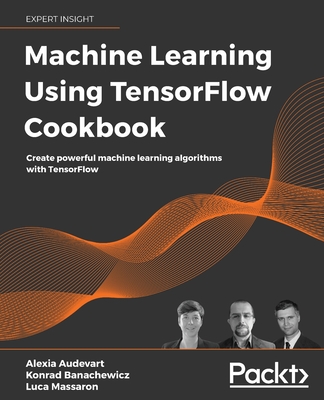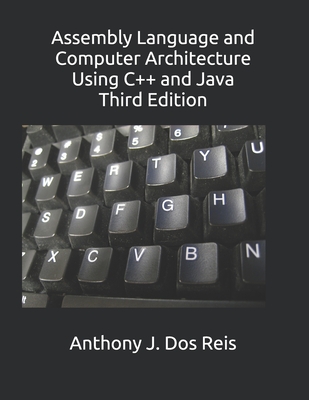Artificial Vision and Language Processing for Robotics
暫譯: 機器人之人工視覺與語言處理
Alberola, Alvaro Morena, Gallego, Gonzalo Molina, Maestre, Unai Garay
- 出版商: Packt Publishing
- 出版日期: 2019-04-27
- 售價: $1,650
- 貴賓價: 9.5 折 $1,568
- 語言: 英文
- 頁數: 356
- 裝訂: Quality Paper - also called trade paper
- ISBN: 183855226X
- ISBN-13: 9781838552268
-
相關分類:
機器人製作 Robots
-
相關翻譯:
Python 電腦視覺和自然語言處理 開發機器人應用系統 (Artificial Vision and Language Processing for Robotics) (簡中版)
商品描述
Artificial Vision and Language Processing for Robotics begins by discussing the theory behind robots. You'll compare different methods used to work with robots and explore computer vision, its algorithms, and limits. You'll then learn how to control the robot with natural language processing commands. You'll study Word2Vec and GloVe embedding techniques, non-numeric data, recurrent neural network (RNNs), and their advanced models. You'll create a simple Word2Vec model with Keras, as well as build a convolutional neural network (CNN) and improve it with data augmentation and transfer learning. You'll study the ROS and build a conversational agent to manage your robot. You'll also integrate your agent with the ROS and convert an image to text and text to speech. You'll learn to build an object recognition system using a video.
By the end of this book, you'll have the skills you need to build a functional application that can integrate with a ROS to extract useful information about your environment.
商品描述(中文翻譯)
人工智慧視覺與語言處理在機器人技術中的應用首先探討機器人的理論。您將比較不同的機器人工作方法,並探索電腦視覺、其演算法及其限制。接著,您將學習如何使用自然語言處理命令來控制機器人。您將研究 Word2Vec 和 GloVe 嵌入技術、非數值數據、遞迴神經網路(RNN)及其進階模型。您將使用 Keras 創建一個簡單的 Word2Vec 模型,並建立一個卷積神經網路(CNN),並透過數據增強和遷移學習來改善它。您將學習 ROS,並建立一個對話代理來管理您的機器人。您還將把您的代理與 ROS 整合,並將圖像轉換為文本,將文本轉換為語音。您將學習如何使用視頻構建物體識別系統。
在本書結束時,您將具備構建一個能夠與 ROS 整合的功能性應用程序的技能,以提取有關您環境的有用信息。






























